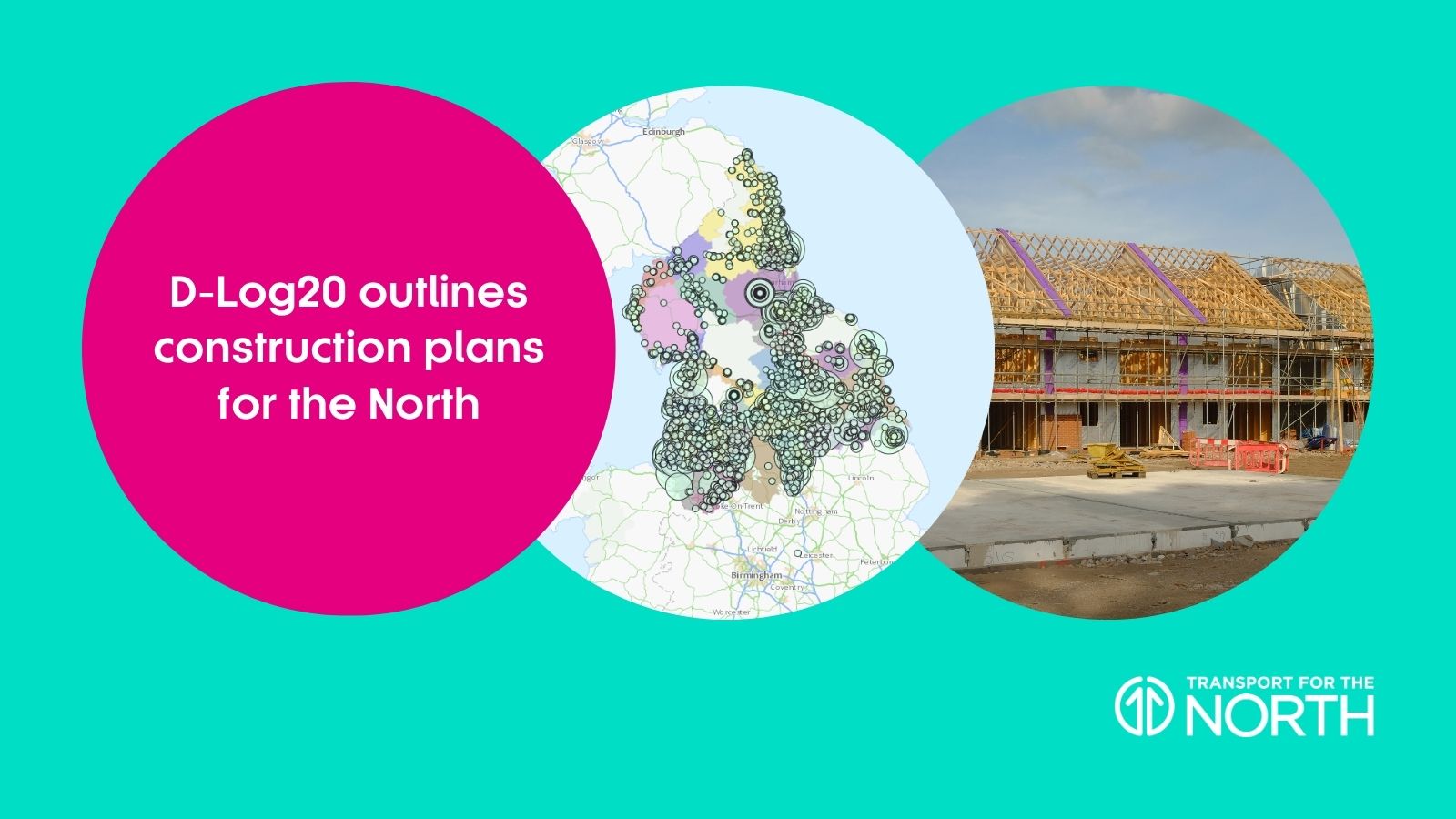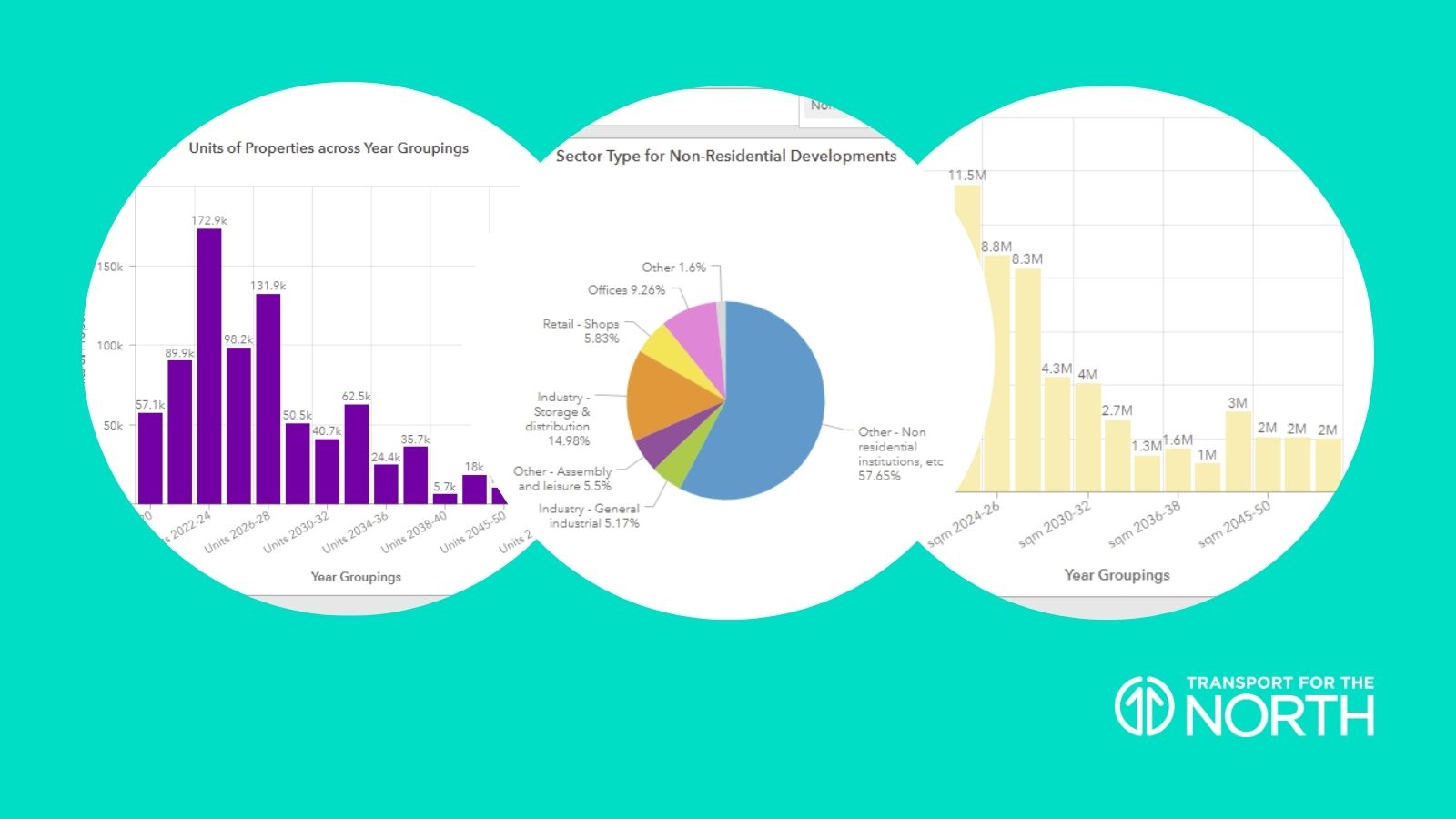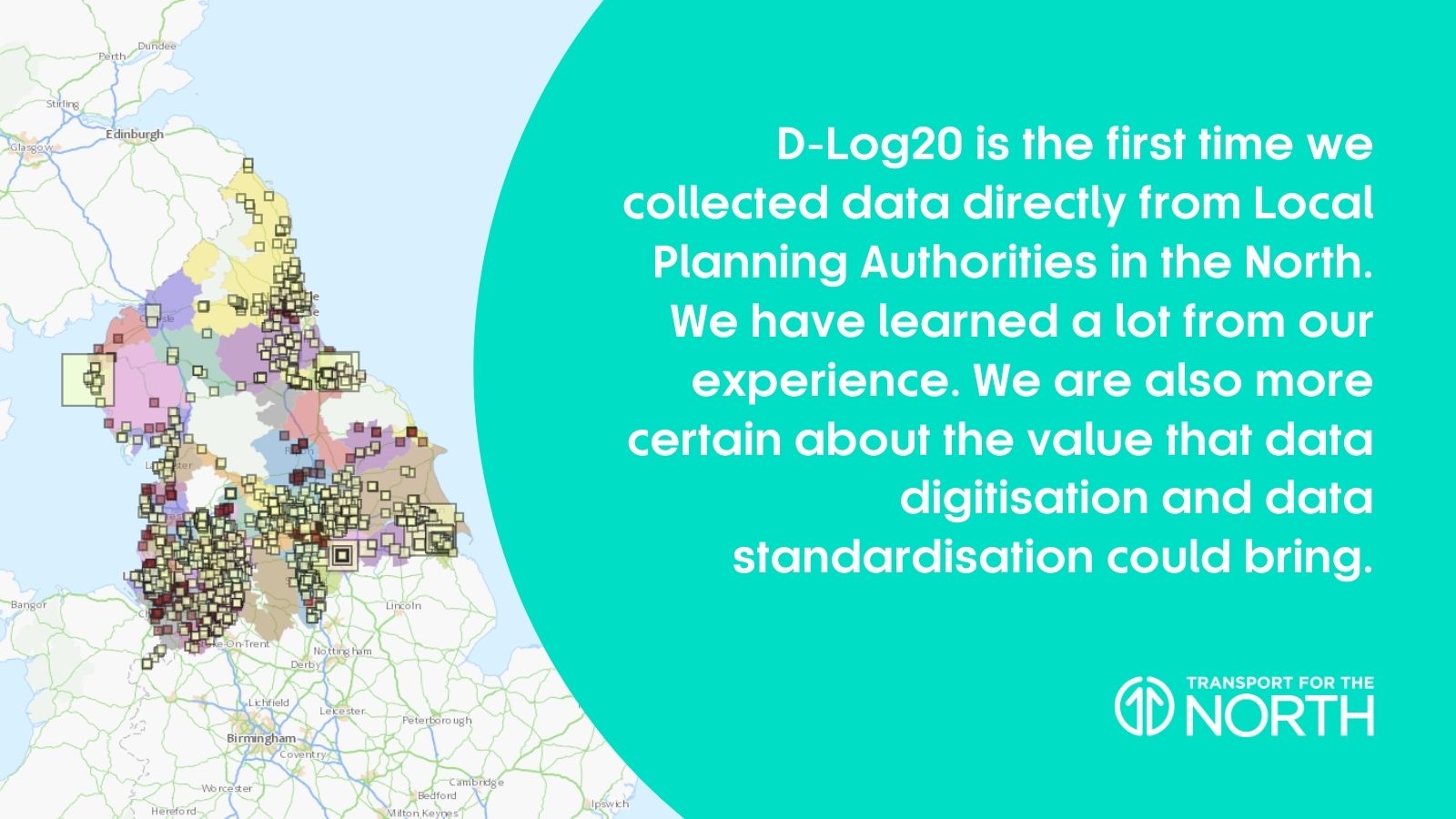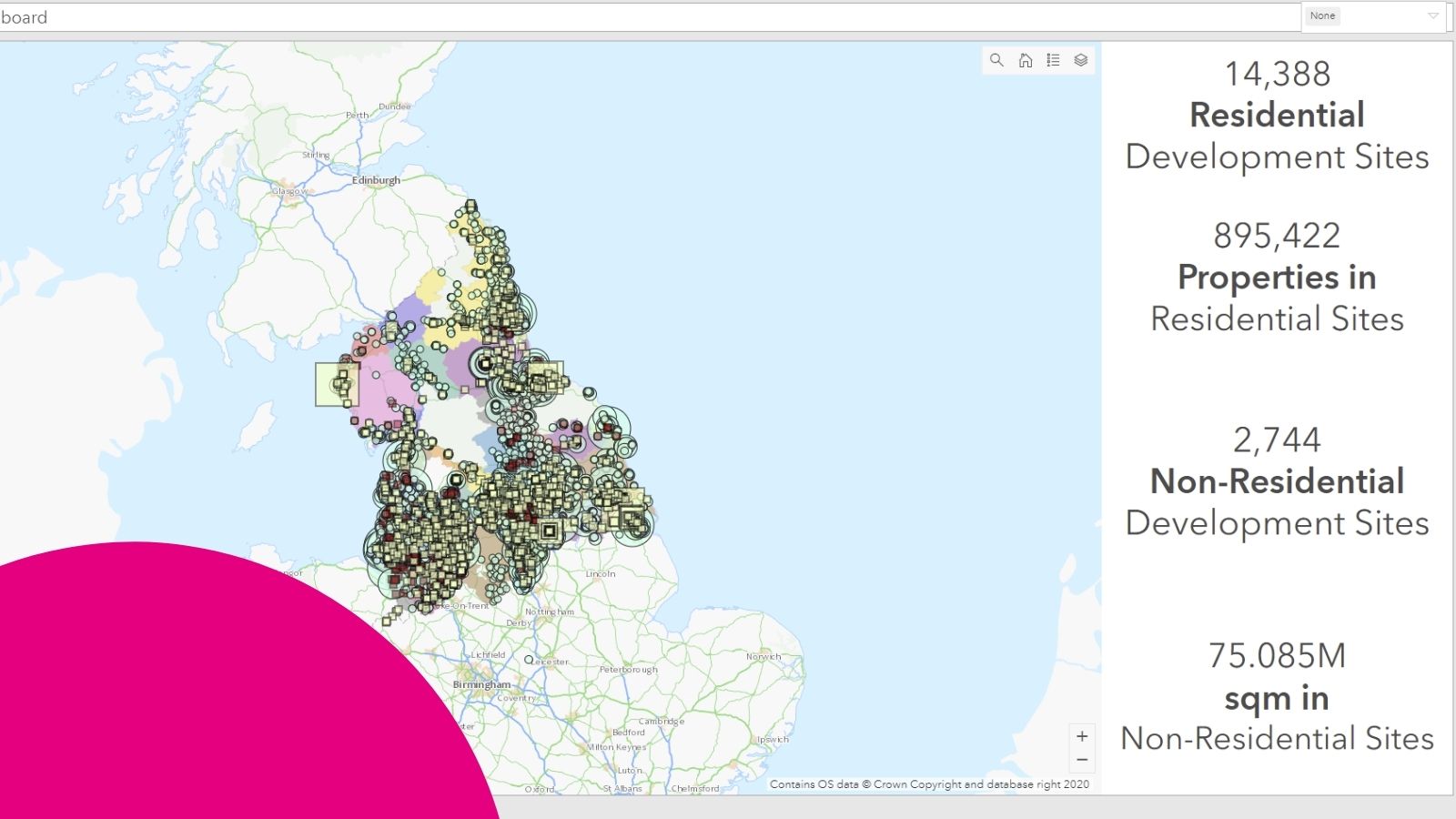Transport for the North (TfN)’s Technical Assurance, Modelling and Economics (TAME) team is delighted to announce the launch of a database and visual dashboard that shows future housing developments and non-residential sites planned for construction in the North.
The resource allows Local Authority partners and other public sector organisations to view developments across the region as well as identify some high-level information from the developments.
This information is now available for use on various housing and transport infrastructure projects both by TfN but also other public sector organisations, such as Highways England, Department for Transport, and Homes England (requests currently being considered on case-by-case basis).
Full access to the platform is currently only open to Local Partners. The plan is to make it accessible to the public once the appropriate sharing permissions are agreed with Partners and the information is sufficiently standardised.

For the past few years in the TAME team, we have sought to collect and produce a centralised set of building developments, of residential and non-residential constructions and change of use.
For TfN the development data is essential to support business case studies and planning policy. Since 2018, TfN has therefore undertaken an annual update which was initially usually carried out manually by a contractor collecting the plans from online publications. Recently however we decided to go directly to the data owners and collect development data (D-Log20) from our Local Authority Partners.
This log of developments (abbreviated to D-Log) is to be used for a number of our models and future scenarios to help us better understand future land use changes across the North. The residential developments provide us with a set of new or changed areas that will show where peoples’ journeys are likely to come from in future, and the non-residential developments will show where people are likely to go.
One of the biggest challenges with trying to do this is that all the various Local Planning Authorities (LPAs) have different storage systems, forms of notation, and levels of detail recorded.

Despite valiant efforts from our supply chain, the need to perform the yearly collection of data and the subsequent processing of it into a useful format was proving unsustainable.
This resulted in TAME creating a spreadsheet template for the needed data before sending it out to all our relevant LPAs. This template was to solve the issue of needing internal resources to transform the various data systems into a single system.
The response was excellent – we have received an overwhelming number of submissions and collected data from 72 out of 76 partners. This is especially remarkable as many of these authorities have been suffering with resourcing as a result of the ongoing Coronavirus pandemic.
TAME team had set to work on creating a process that would automatically convert this data into a single format using the TfN data schema. Spelling mistakes would be corrected and assigned to the correct values, data would be put into the correct format, and the different types of notation would match to each other. The process then feeds into a database.
The goal of the D-Log database is to integrate all these different spreadsheet templates to a single unified source, which will allow the team (and others) to search for useful insights and easily utilise it in modelling.
After the data was fed into our database, we discovered certain important elements had not been populated by local authorities and would have to be computed by ourselves. For this reason, we programmed a series of scripts that would generate the data from information provided. For example, if the local authority did not provide the British National grid location of a development site, then we generated it from a postcode they provided instead.

The final step was the visualisation of the D-Log data so that it could be easily explored and presented to provide insight.
With the visualisation in place this means that now:
D-Log 20 is the first time we collected data directly from Local Planning Authorities in the North. We have learned a lot from our experience. We are also more certain about the value that data digitisation and data standardisation could bring. It will not only help government and public bodies to improve work efficiency, data accuracy and transparency, but also help to accelerate cross-sectoral collaboration and exploit the potential of the data application and cross-sectoral use cases. It will greatly save tax payers’ money and contribute to Digital Government target.

In October 2020, TAME has commissioned WSP to help address the lessons learnt during the data collection last year and prepare a more automated online system to aid collection of the developments data next year, making the process easier, and less time consuming for the LPAs, as well as TAME team.
The first stage of this work involved a discovery exercise, during which we reached out to check what has already been done in the area by MHCLG, DfT, Homes England and Highways England; as well as to our local partners to get their views on the process, how long it takes to get this information prepared, and to identify how partners can be best engaged and encouraged to use this system.
We have now completed this stage and the work is summarised within this report. We are now working on the development of a working system based on the user requirements collected. This should culminate in TfN carrying out the 2021 D-Log collection exercise using the new online automated data collection system and hopefully continuously improving the process of the future development plans collection.
If you are interested in knowing more about the D-Log platform or want to request access to the data for a housing or transport infrastructure project, please contact us at [email protected].